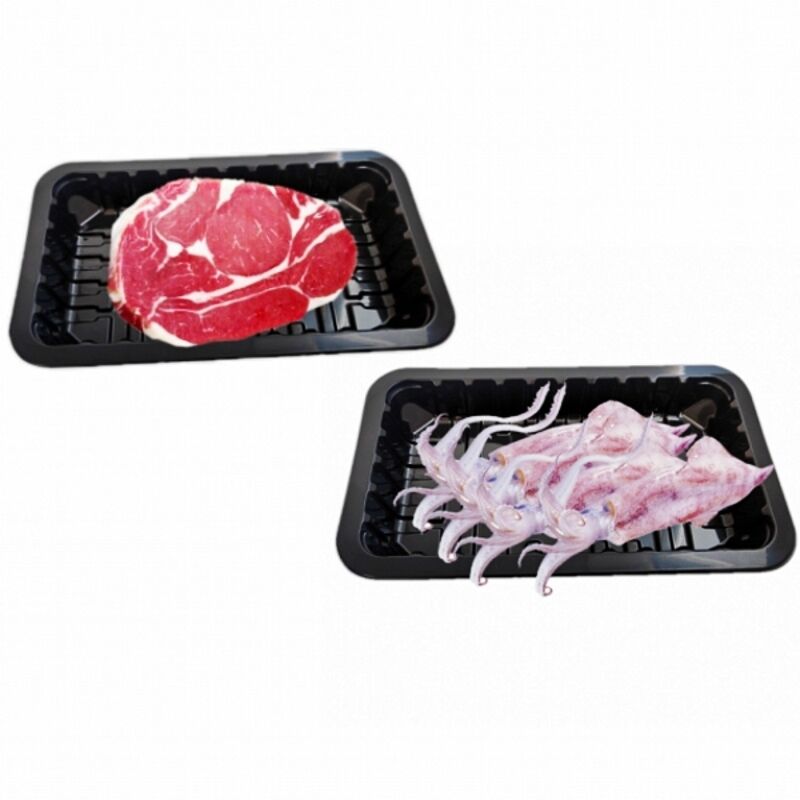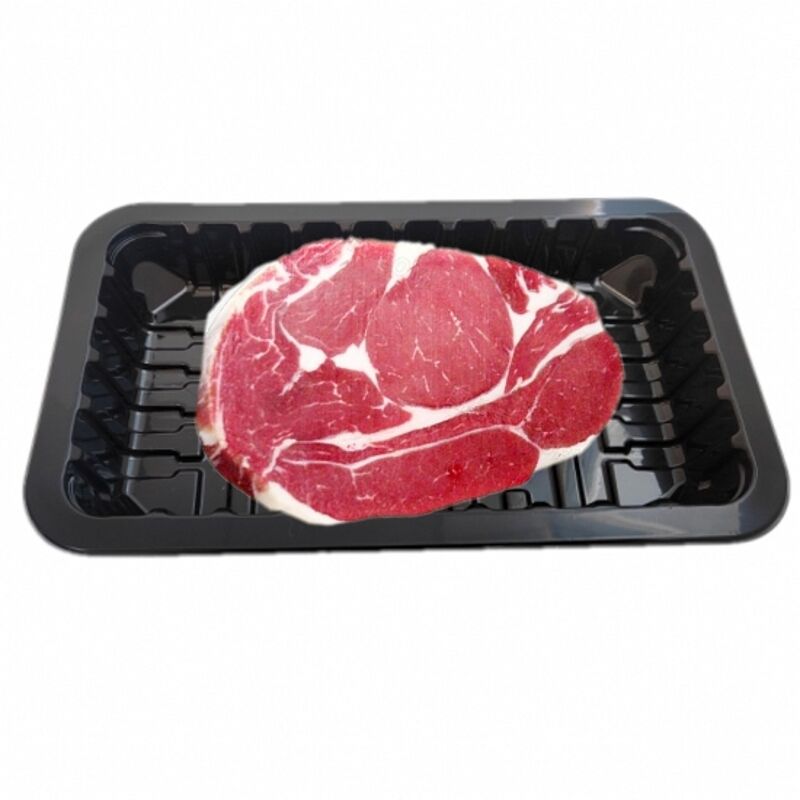What Are the Most Common Types of Plastic Lids in Food Packaging?
Introduction to Plastic Lids in Food Packaging
In the food industry, packaging is more than just a way to contain a product; it is an essential tool for ensuring freshness, safety, convenience, and brand appeal. Among the different components of modern Food Packaging, plastic lids play a particularly important role. They are designed to protect food, provide easy access for consumers, and contribute to the overall presentation of the product. Plastic lids are widely used across multiple sectors including dairy products, beverages, ready-to-eat meals, condiments, and takeaway containers. With a wide variety of materials, designs, and applications, understanding the most common types of plastic lids helps manufacturers, retailers, and consumers make better choices for functionality and sustainability.
This article explores the different types of plastic lids commonly used in Food Packaging, examining their features, benefits, and applications, as well as trends shaping the future of this essential packaging component.
The Role of Plastic Lids in Food Packaging
Protection and Freshness
Plastic lids provide a secure closure that prevents contamination from dust, bacteria, and environmental factors. They also minimize moisture loss and exposure to oxygen, thereby extending the shelf life of packaged food products.
Convenience and Usability
Modern consumers value packaging that is easy to open, reseal, and carry. Plastic lids contribute to consumer convenience by offering user-friendly designs such as snap-on closures or resealable mechanisms.
Branding and Marketing
Plastic lids can be customized with brand logos, embossed designs, and colors, making them an important part of product marketing. Attractive lid design contributes to a strong shelf presence and enhances brand recognition.
Sustainability Concerns
While plastic lids are functional, the food industry is increasingly focusing on sustainable solutions. Manufacturers are developing recyclable and biodegradable lid options to align with global sustainability goals.

Common Types of Plastic Lids in Food Packaging
Snap-On Lids
Snap-on lids are among the most widely used designs in Food Packaging. They are designed to tightly grip the rim of a container, providing a secure closure that protects the food inside. Snap-on lids are commonly made of polypropylene (PP) or polyethylene (PE), which offer flexibility and durability. These lids are often used in yogurt cups, deli containers, and takeaway food packaging. Their popularity stems from their affordability, ease of use, and reliable performance.
Screw-On Lids
Screw-on lids feature a threaded design that twists onto the container. These are often used in bottles, jars, and condiment packaging. Screw-on lids provide an excellent seal and are especially useful for liquid and semi-liquid foods such as sauces, jams, honey, and beverages. They are typically made of polyethylene terephthalate (PET) or polypropylene (PP). Screw-on lids are valued for their reusability and their ability to create a leak-resistant closure.
Peel-Off Lids
Peel-off lids, also known as foil-sealed lids or peel-and-seal closures, are widely used for dairy products such as yogurt, cream, and cheese spreads. These lids usually consist of a thin plastic or laminated foil layer sealed to the container with heat. Consumers can peel them away to access the product, ensuring freshness and tamper evidence. Peel-off lids are lightweight, cost-effective, and ideal for maintaining hygiene.
Resealable Lids
Resealable lids are designed for repeated use, allowing consumers to open and close the package multiple times without compromising freshness. These lids are popular in products such as snack tubs, salad containers, and frozen foods. Resealable lids often incorporate snap-on or flexible hinge designs and are made from polypropylene or other durable plastics. Their consumer-friendly functionality enhances convenience and reduces food waste.
Dome Lids
Dome lids are commonly used in the foodservice industry, particularly for bakery items, salads, and beverages. They feature a raised, transparent dome shape that provides additional space within the packaging without squashing delicate food items. Dome lids are often made of PET due to its clarity and strength. Their visual appeal helps showcase the food product while protecting its shape and presentation.
Flat Lids
Flat lids are widely used in drink cups, soup containers, and hot beverage packaging. They are designed to sit flush with the container rim and may feature straw holes, sipping spouts, or venting mechanisms. Flat lids are often made of polystyrene (PS), PET, or PP depending on the application. They are inexpensive, stackable, and suitable for high-volume foodservice operations.
Tamper-Evident Lids
Tamper-evident lids are designed with safety features that indicate whether a product has been opened or compromised. These lids often include tear-off strips or breakable seals that must be removed before the container can be opened. Tamper-evident lids are common in dairy products, beverages, and baby food packaging. Their role in ensuring consumer trust and food safety has made them an essential choice in regulated markets.
Hinged Lids
Hinged lids are attached directly to the container, forming a single unit. They are popular in takeaway containers, salad boxes, and bakery packaging. Hinged lids improve convenience by eliminating the need for a separate closure and reduce the risk of misplacement. They are often made of polypropylene or PET for durability and clarity.
Materials Used for Plastic Lids
Plastic lids are typically made from polymers that are lightweight, durable, and safe for food contact. The most common materials include polypropylene (PP), polyethylene (PE), polyethylene terephthalate (PET), and polystyrene (PS). Each material has unique properties. PP is heat-resistant and versatile, making it suitable for microwaveable containers. PET offers excellent clarity and strength, making it ideal for showcasing food. PE provides flexibility and good sealing properties, while PS is cost-effective and often used in disposable foodservice lids.
Advantages of Plastic Lids in Food Packaging
Plastic lids offer numerous advantages in Food Packaging. They are lightweight, easy to manufacture, and cost-effective compared to alternatives such as metal or glass. Their versatility allows them to be used across a wide range of food categories. Plastic lids can be molded into various shapes and sizes, supporting customization for different container types. They also provide an excellent balance between functionality and marketing opportunities, as they can be printed, embossed, or colored to reflect brand identity.
Challenges and Sustainability Issues
Despite their benefits, plastic lids also face criticism due to environmental concerns. Many are made from non-biodegradable plastics that contribute to waste and pollution if not properly recycled. To address these issues, manufacturers are exploring recyclable mono-material designs, biodegradable polymers, and closed-loop recycling systems. Governments and industry organizations are also implementing regulations that encourage eco-friendly packaging solutions.
Future Trends in Plastic Lids for Food Packaging
The future of plastic lids in Food Packaging will be shaped by sustainability, innovation, and consumer convenience. Expect to see increased use of recyclable PET and PP materials, biodegradable alternatives, and lightweight designs that reduce material usage. Smart packaging technologies may also be integrated, such as freshness indicators or QR codes for traceability. Additionally, demand for resealable and tamper-evident features is expected to grow as consumers prioritize safety and convenience.
Conclusion
Plastic lids are a vital component of Food Packaging, providing protection, convenience, branding opportunities, and consumer confidence. From snap-on lids and screw-on closures to dome lids and tamper-evident designs, each type serves specific functions tailored to different food products. Material selection, design innovation, and sustainability considerations all influence the effectiveness of plastic lids in modern packaging systems. As the food industry continues to evolve, advancements in recyclable materials and eco-friendly innovations will redefine the role of plastic lids in balancing functionality with environmental responsibility.
FAQ
What are the most common types of plastic lids in Food Packaging?
Snap-on lids, screw-on lids, peel-off lids, resealable lids, dome lids, flat lids, tamper-evident lids, and hinged lids are the most widely used.
Why are plastic lids important in Food Packaging?
They protect food from contamination, extend freshness, improve convenience, and provide branding opportunities.
What materials are used to make plastic lids?
Common materials include polypropylene (PP), polyethylene (PE), polyethylene terephthalate (PET), and polystyrene (PS).
Are plastic lids recyclable?
Yes, many plastic lids made from PET and PP are recyclable, but recycling depends on local waste management systems.
What type of plastic lid is used for yogurt containers?
Yogurt containers often use peel-off lids or snap-on lids to ensure freshness and hygiene.
What type of lid is best for beverages?
Screw-on lids and flat lids with straw holes or sipping spouts are commonly used for beverages.
How do tamper-evident lids work?
They include seals or tear-off strips that break when opened, indicating whether the product has been previously accessed.
Are dome lids only for beverages?
No, dome lids are also widely used for bakery items, salads, and desserts where extra space and presentation are important.
What are the sustainability trends in plastic lids?
Trends include recyclable mono-material lids, biodegradable plastics, and lightweight designs to reduce material usage.
What does the future hold for plastic lids in Food Packaging?
The industry is moving toward more sustainable, recyclable, and consumer-friendly designs, with innovations such as smart packaging and enhanced tamper-evidence.
Table of Contents
- What Are the Most Common Types of Plastic Lids in Food Packaging?
- Introduction to Plastic Lids in Food Packaging
- The Role of Plastic Lids in Food Packaging
- Common Types of Plastic Lids in Food Packaging
- Materials Used for Plastic Lids
- Advantages of Plastic Lids in Food Packaging
- Challenges and Sustainability Issues
- Future Trends in Plastic Lids for Food Packaging
- Conclusion
-
FAQ
- What are the most common types of plastic lids in Food Packaging?
- Why are plastic lids important in Food Packaging?
- What materials are used to make plastic lids?
- Are plastic lids recyclable?
- What type of plastic lid is used for yogurt containers?
- What type of lid is best for beverages?
- How do tamper-evident lids work?
- Are dome lids only for beverages?
- What are the sustainability trends in plastic lids?
- What does the future hold for plastic lids in Food Packaging?

